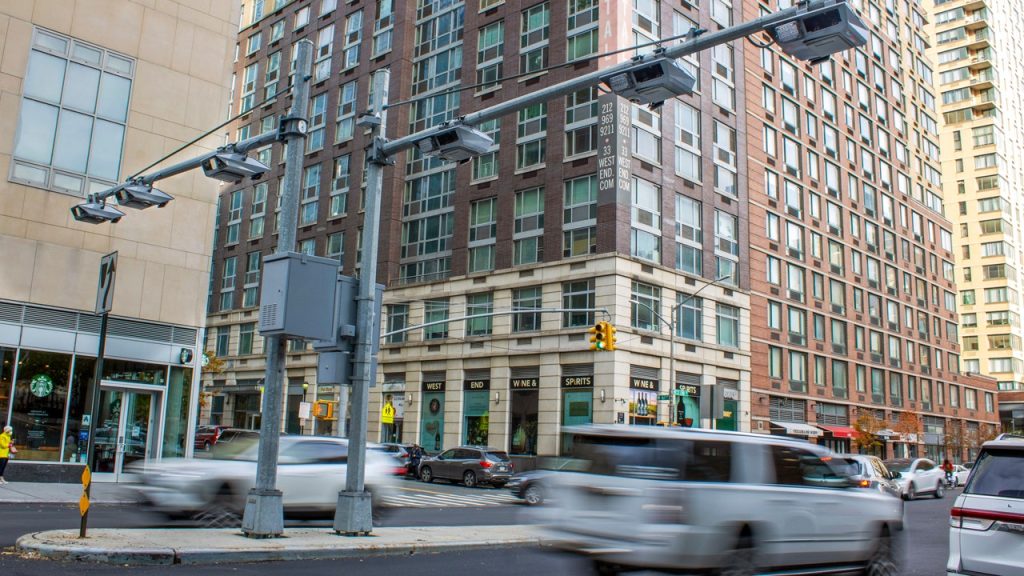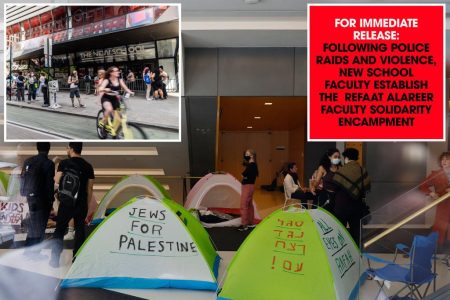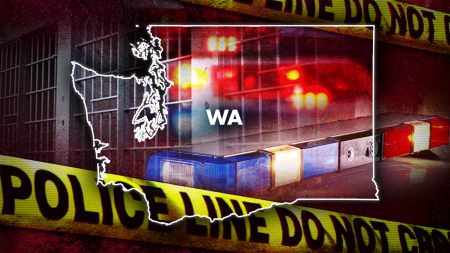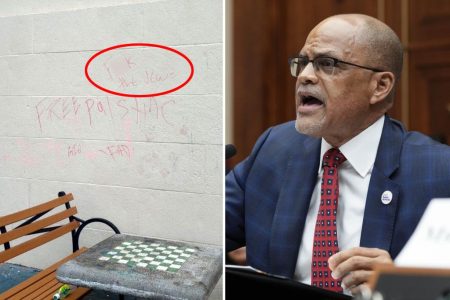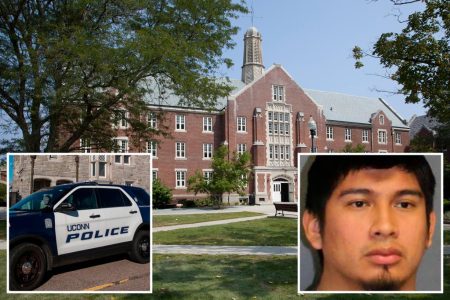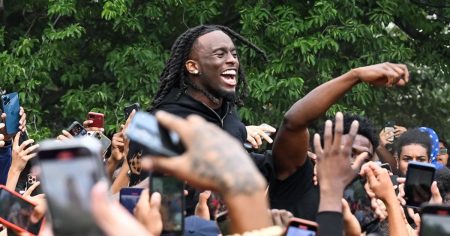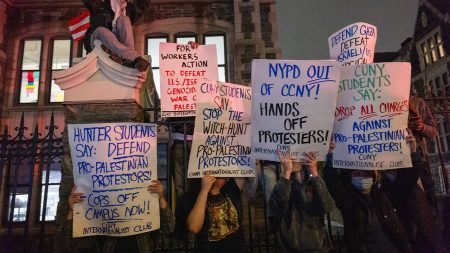The start date for the $15 toll most drivers will be charged to enter Manhattan’s central business district will be June 30, according to transit officials. The congestion pricing plan will apply the $15 fee to most drivers who enter Manhattan south of 60th Street during daytime hours, with higher tolls for larger vehicles and lower fees for nighttime entries and motorcycles. The program, approved by the New York state Legislature in 2019, aims to raise $1 billion annually to fund public transportation for the city’s 4 million daily riders. Metropolitan Transportation Authority CEO Janno Lieber highlighted that the majority of individuals who enter the central business district do so by walking, biking, or using mass transit, emphasizing New York City as a mass transit city that will only improve with the implementation of congestion pricing.
Supporters believe congestion pricing will not only generate funds for buses and subways but also reduce pollution by discouraging driving into Manhattan. However, opponents argue that the fees will burden commuters and increase the prices of essential goods that are delivered to the city by truck. The state of New Jersey has filed a lawsuit challenging the congestion pricing plan, which will be the first of its kind in the United States. Despite this legal challenge, Lieber remains optimistic about the resolution of the lawsuit.
Congestion pricing is set to begin at 12:01 a.m. on June 30, with the first drivers being charged the late-night fee of $3.75 before the $15 toll takes effect at 9 a.m. Low-income drivers have the option to apply for a congestion toll discount on the MTA website, while disabled individuals can seek exemptions from the fee. The implementation of congestion pricing marks a significant step towards reducing traffic congestion, improving air quality, and bettering public transportation in New York City.
Overall, congestion pricing in Manhattan’s central business district is a multifaceted initiative aimed at addressing traffic congestion, promoting public transportation, and raising funds for essential infrastructure projects. The introduction of a $15 toll for most drivers entering the district during daytime hours, alongside discounts for low-income individuals and exemptions for disabled residents, reflects a commitment to equity and sustainability. While opposition to the plan exists, with concerns about increased costs for commuters and goods, supporters emphasize the environmental benefits and improved transit options that congestion pricing can provide. As the first program of its kind in the United States, the success and challenges of New York City’s congestion pricing scheme will offer valuable insights for other cities considering similar measures to enhance urban mobility and reduce emissions.




